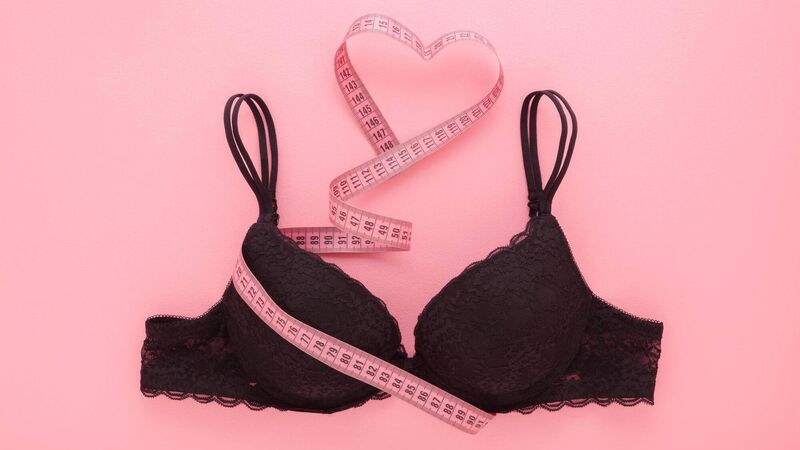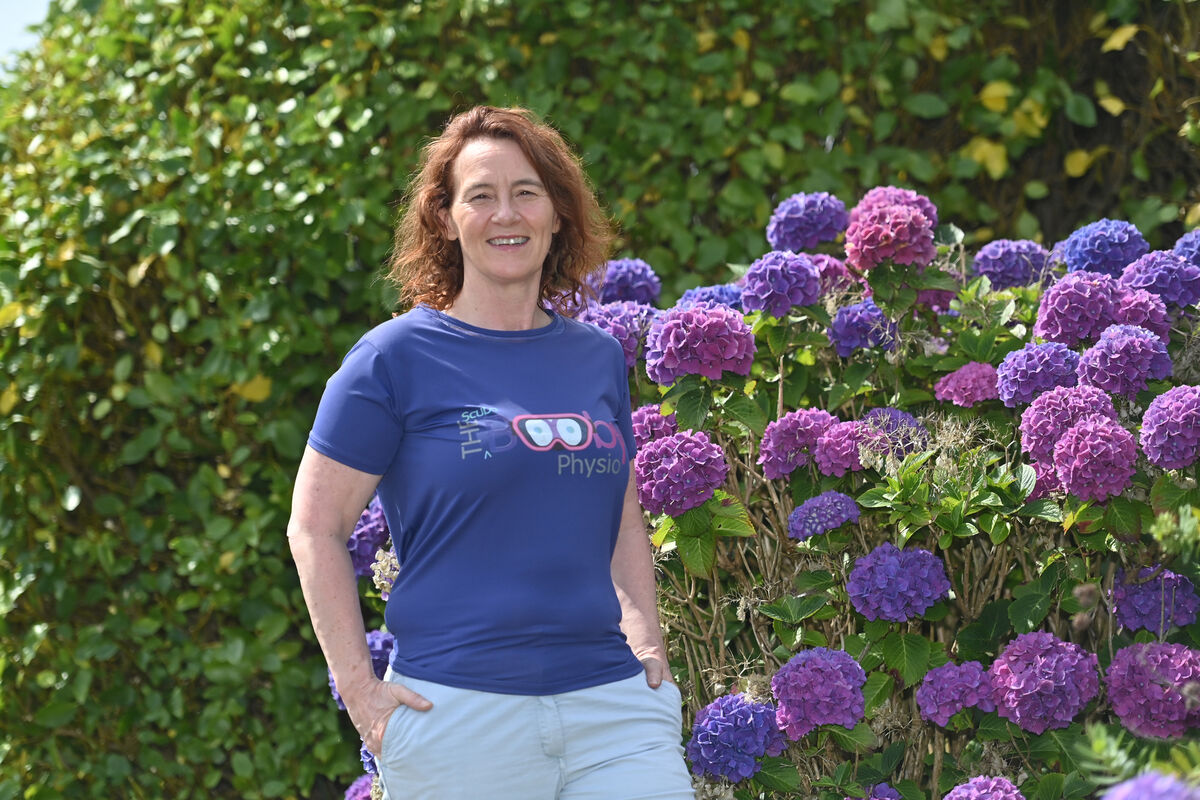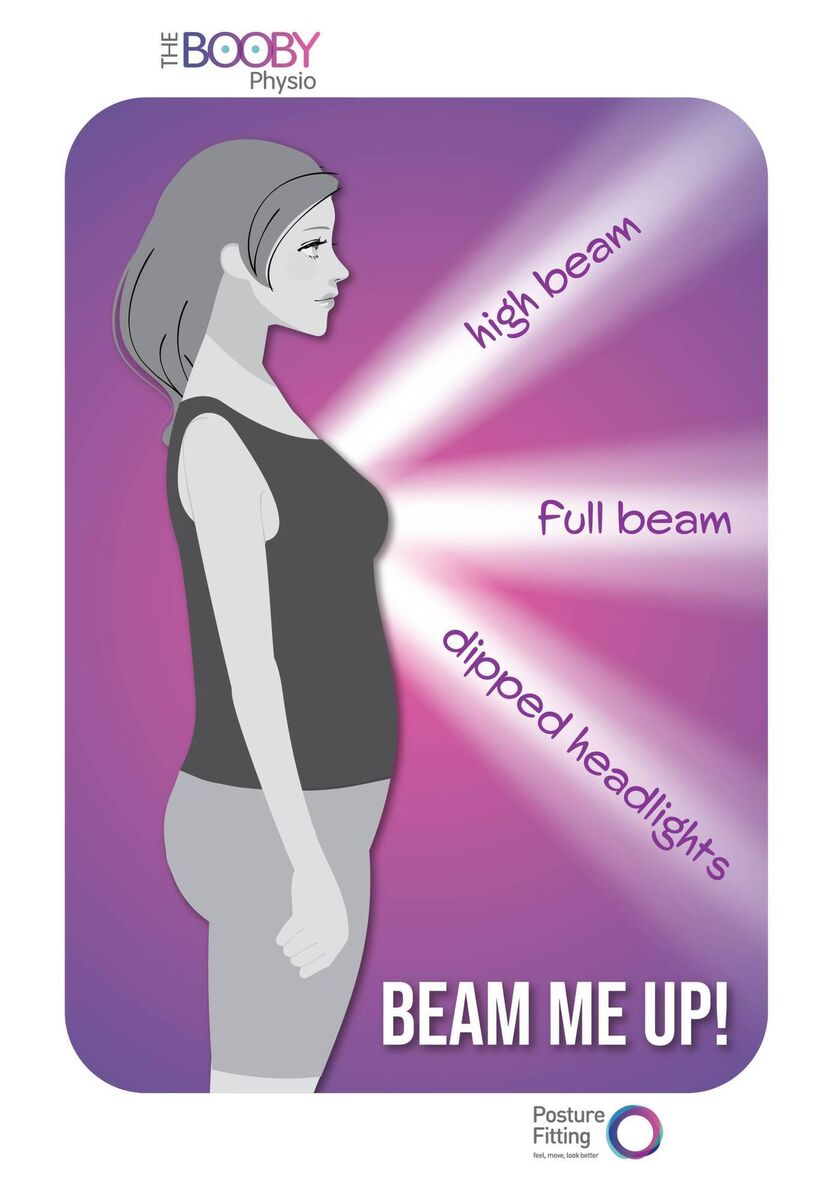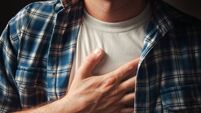How a well-fitted bra can change everything from posture to confidence

Getting fitted for a bra at London’s legendary lingerie store Rigby & Peller had unexpected effects on chartered physiotherapist Siobhán O’Donovan.
Getting fitted for a bra at London’s legendary lingerie store Rigby & Peller had unexpected effects on chartered physiotherapist Siobhán O’Donovan.
Not only did the former “stereotypical 36B, 34C” Cork woman leave with 32DD and 32E bras, she experienced a “huge enhancement in terms of self-esteem, self-image, self-confidence” and felt “an inch taller”.
The transformation effected by wearing a properly-fitting bra stayed with her, and a lightbulb moment ensued when she reflected on the postural issues female physiotherapy clients were regularly bringing to her clinic: Breast weight was not being addressed properly, if at all.
She realised that to properly address the pain and discomfort she was seeing in her clinic, women not only needed postural adjustment, they also needed an expertly fitted bra — the combination was key.
O’Donovan had long been advising clients to get a well-fitting bra, but found they’d return wearing “something that was no better” or, sometimes, “worse”. After asking herself, “Why are we relying on somebody else to provide us with this service? Why are we not learning this ourselves?”, she completed a course in bra-fitting so she could teach women and girls how to do it properly themselves.
Now known as The Booby Physio, she combined her new-found bra-fitting knowledge with her physiotherapy and strength and conditioning expertise, to create the PostureFitting approach — which she now offers at her Timoleague clinic or via PostureFitting partners she has trained in her method.
O’Donovan, who began her career as a PE teacher, qualified with a master's degree in athletic training in the US, before setting up a sports medicine and sports performance practice in Britain with her sports scientist husband. While in Britain, she played women’s rugby, served as a physio for the women’s England team, and rounded out her rugby career as an Ireland international scrum-half.
In 2007, she moved back to Ireland and set up in private practice. Her US training had been prevention focused, and O’Donovan naturally gravitated towards relaying that message in her clinic, “talking to people more and more about posture and more in general consultations about how the position they might be putting themselves in during the day… was affecting their recovery”.
She advocates “posture stacking”, a method of aligning the head over the ribs and the ribs over the pelvis.
“We’re not looking for perfect. There’s no such thing as perfect posture,” she says. “We’re looking for a posture that allows somebody to function optimally.”

Shedding light
Posture adjustment is only half the equation, though.
To illustrate how her method optimises breast weight, O’Donovan uses a quirky but effective car-headlights analogy. Posture correction alone, she explains, will bring the breasts from “dipped headlights to full beam” and a properly fitting bra will do the same; combining correct posture with a correctly fitting bra, however, will bring the breasts “from full beam to high”.
At a consultation, “we teach people how to manage their breast weight internally, which is the posture [aspect], and then [how to manage it] externally with the bras”.
Not one of her 16 PostureFitting providers has yet “seen somebody [arrive wearing] an optimally-fitting bra”, O’Donovan says, adding that store bra fitters generally cite 90-95% of women wear the wrong size. At the same time, University of Portsmouth research found 70 to 80% of the women surveyed were in the wrong bra. Whatever the exact figure, it’s clear that countless women and girls are enduring the discomfort of an ill-fitting bra, and the consequences for health can be considerable.
O’Donovan was inundated with messages following an appearance on the Oliver Callan radio show in January last year. “Once women became aware the service was available, the demand was significant,” she says.
Five-point fit guide

How do you know your bra is ill-fitting? O’Donovan cites the University of Portsmouth, where Joanna Wakefield-Scurr has been pioneering research into breast health since 2005, developing a five-point fit guide through 12 years of that research.
In a nutshell, these are: The bra’s band should neither be too loose nor too tight, “the band is where the vast majority of the breast support happens”; breasts should be fully enclosed within the cups; the underwire should follow the crease of the breast and not sit on any breast tissue, “people hate wired bras because they think the wire is the devil. If you have a correctly-fitting wired bra, you don’t know you’re wearing it”; the bra’s centre-front should sit flat against the body; and the shoulder straps should feel comfortable and not dig in.
O’Donovan emphasises that the focus should be on a bra’s fit, rather than its size, “because the best size is the one that fits”. Sizing can differ between brands, she points out, and “some bra styles just suit a person’s body better than others”.
She’s not against buying online: “If somebody has learned how to fit themselves, then you can order something online, because you know the criteria [and can say] yes, this fits me, I’m going to keep it, or no, this doesn’t fit me. I’m sending it back.”
She similarly advocates walking away from a shop-fitted bra that’s not quite right, perhaps because the optimal size isn’t in stock: “If it’s poorly fitted… I want people to be empowered enough to be able to say, ‘thanks. I’m going to leave it for today’.”
Freeboobing, aka going braless, should be “an informed choice”, she says: “People very often say to me, ‘Oh, that doesn’t affect me. I’ve got small boobs’, and I’ll say, it absolutely does affect you because any weight is a weight.”
Even if posture is optimal to begin with, the skin will stretch, she says, ultimately leading to “dipped headlights”, and knock-on postural and health issues.
The consequences of not wearing a bra or wearing an ill-fitting one are myriad, she says, ranging from neck and back pain to impacts on pelvic health, pulmonary health, diaphragmatic breathing, and sports performance — as well as reduced confidence and decreased participation in sport and in life activities.
Going the extra mile
The University of Portsmouth research team found that running with inadequate breast support not only made exercise feel harder, it decreased runners’ stride length by 4cm, adding an extra mile to a marathon-distance run.
They were the first to determine that breasts move in three directions: up and down, side to side, forward and back. This “figure of eight” movement is amplified during running.
A 2019 study published in the Journal of Science and Medicine in Sport found breasts can “move up to 19cm vertically” and “up to 4cm” in the other two directions, while “as little as 2cm of breast motion can cause exercise-induced breast discomfort”.
“The narrative needs to change from ‘everybody should be in a sports bra’ to ‘everybody should be in an optimally-fitting sports bra’,” O’Donovan says. “We now have research that indicates breast movement on poorly-supported breast weight is one of the reasons for girls dropping out of high school sports. We’ve also got studies of women saying that they’re not as active as they should be because of breast weight.”
Portsmouth researchers found wearing a sports bra was equally effective at curtailing movement across all breast sizes, with a 53% movement reduction for A cup and a 55% reduction for G cup.
Post-menopausal women are the highest cohort to undergo surgical breast reductions, O’Donovan says, adding breast size often increases at this life stage and has been shown to impact activity levels negatively.
Plastic surgery data has illuminated the benefits women accrue from a reduced breast weight, she says: “Improvement in pain, improvement in breathing, improvements in self-esteem, willingness to do more activities, functional activities are easier”.
But these gains, she says, in almost all cases, can be achieved through her approach.
Acknowledging “there will be times when somebody might still need surgery”, she sees “PostureFitting as being a non-operative situation that takes you out of the desire to have a reduction because you learn how to manage your breast weight”.
Effectively managing people’s breast weight is O’Donovan’s mission and her ambition is to empower all women to do just that: “So many women will just put up with stuff because they think it’s part of being a woman, but there is a solution.”
- Siobhán O’Donovan will be appearing at Feelgood September Reset Live presented by the Irish Examiner at the Marina Market, Cork, on September 14.
- See irishexaminer.com/feelgoodlive

Unlimited access. Half the price.
Try unlimited access from only €1.25 a week
Already a subscriber? Sign in
CONNECT WITH US TODAY
Be the first to know the latest news and updates

Celebrating 25 years of health and wellbeing







